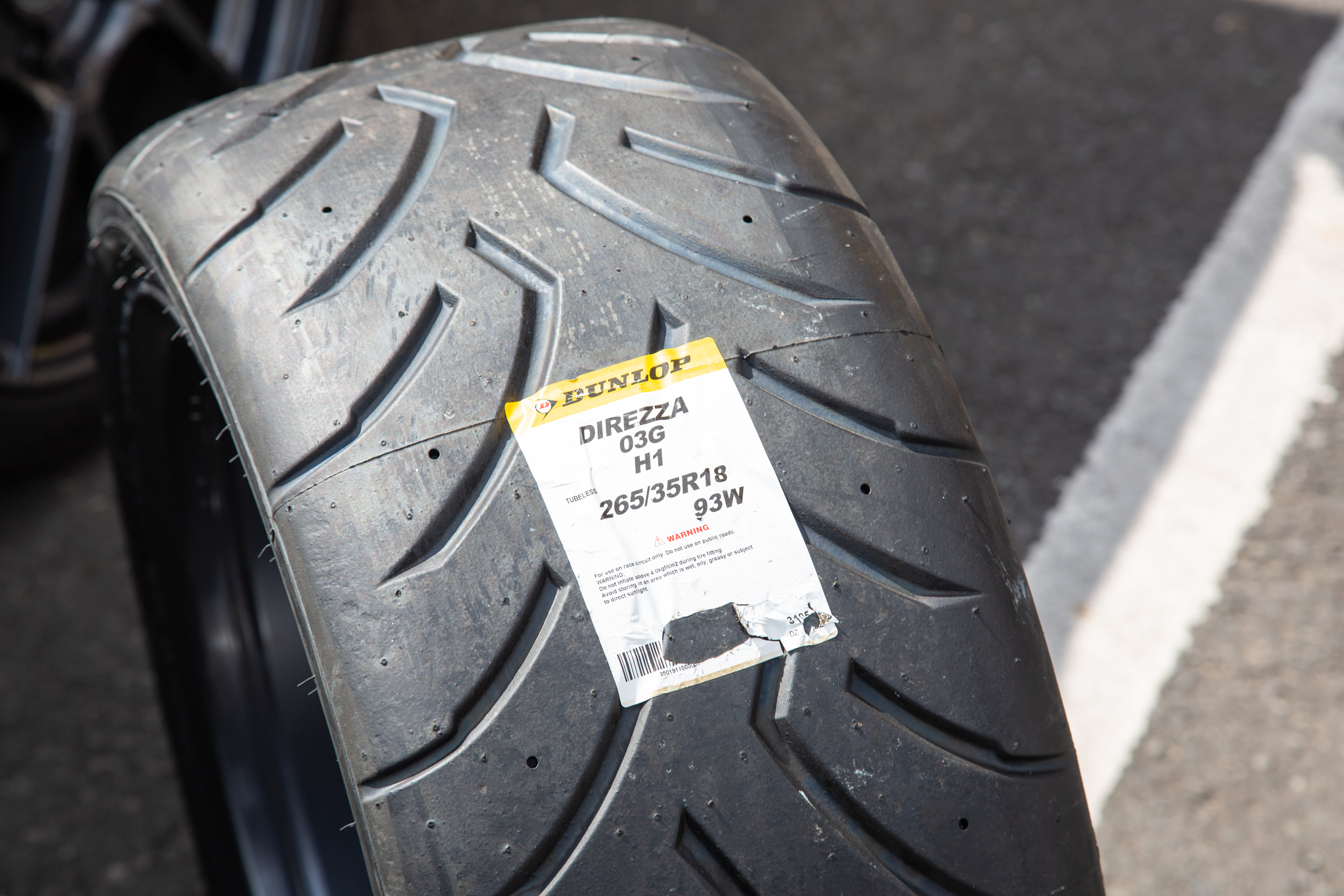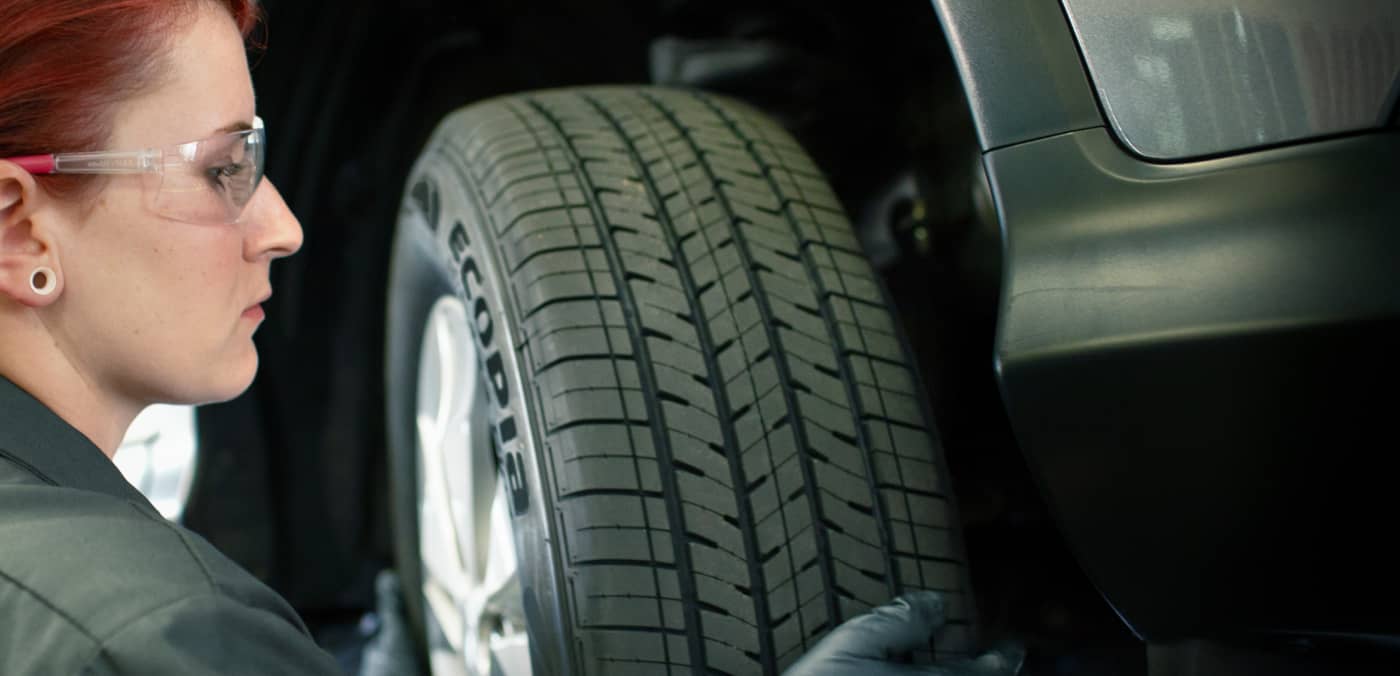All Categories
Featured
Table of Contents
I was able to get 100 hours out of among these tires, and while it had absolutely no tire lugs left on it, the soft substance made it work really wellas long as I was making use of a soft mousse. Kitt Stringer photo Easy installing - 3Wear - 3Sidewall strength - 3Performance on roots - 4Performance on wet rocks - 2Traction on dirt - 5Cornering ability - 4Traction while stopping - 4Self-clearing of dirt and mud - 3Performance in mud - 3Overall predictability or tracking - 3 _ 37 Conclusion: This is a good well-rounded tire with good value for money.

The wear corresponded and I such as just how lengthy it lasted and exactly how regular the feeling was throughout use. This would likewise be an excellent tire for faster races as the lug dimension and spacing little bit in well on rapid terrain. Kitt Stringer photo Easy installing - 3Wear - 3Sidewall strength - 3Performance on origins - 4Performance on damp rocks - 4Traction on dust - 4Cornering capacity - 4Traction while stopping - 5Self-clearing of dirt and mud - 4Performance in mud - 4Overall predictability or tracking - 4_42 Verdict: I liked this tire a lot.
If I had to buy a tire for hard enduro, this would remain in my top option. Easy mounting - 3Wear - 3Sidewall toughness - 3Performance on origins - 4Performance on wet rocks - 3Traction on dust - 4Cornering capacity - 3Traction while braking - 3Self-clearing of dust and mud - 4Performance in mud - 4Overall predictability or tracking - 3 _ 34 Final thought: This tire was extremely soft and pliable.
All the gummy tires I tested carried out relatively close for the initial 10 hours approximately, with the winners going to the softer tires that had better grip on rocks (Tyre sales). Getting a gummy tire will most definitely provide you a solid advantage over a normal soft compound tire, however you do spend for that advantage with quicker wear
Affordable Tyre Rotation Services – Swan
Best value for the rider that desires good efficiency while getting a reasonable quantity of life. Best hook-up in the dust. This is a perfect tire for springtime and loss problems where the dirt is soft with some dampness still in it. These proven race tires are fantastic all around, yet put on quickly.
My general champion for a difficult enduro tire. If I had to invest money on a tire for everyday training and riding, I would certainly select this.
Leading Tyre Repair
I've been running a set of Michelin Power Pilot 2CT's on my track Daytona 675 for the past year. Because time I have done 15 track days in all weather conditions from cold wet to incredibly hot and these tyres have never ever missed a beat. Tyre installation. I've done almost 2,000 miles (3,200 kilometres) on them and as you can see from this shot of the front taken after first session of my 15th track day on them, they still have quite a great deal of rubber left on them
Simply put the 2CT is an incredible track day tyre. If you're the kind of motorcyclist that is most likely to run into both damp and dry conditions and is starting out on track days as I was in 2014, then I think you'll be tough pushed to find a much better worth for money and skilled tyre than the 2CT; a set of which will establish you back around 185 (US$ 300) in the UK.
Developing a better all round road/track tire than the 2CT should have been a hard task for Michelin. The result of that initiative is the Michelin Pilot Power 3 which basically changes the Pure. Do not puzzle this new tyre with the roadway going Pilot Roadway 3 which is not designed for track use (although some riders do).
They motivate huge confidence and supply impressive grip degrees in either the wet or the completely dry. When the Pilot Power 3 released, Michelin suggested it as a 50:50% road: track tyre. That message has just recently altered because the tyres are now recommended as 85:15% road: track usage instead. All the biker reports that I've checked out for the tire rate it as a far better tyre than the 2CT in all locations however specifically in the damp.
Trusted Cheap Car Tyres – Guildford WA
Technically there are quite a few differences in between both tyres despite the fact that both utilize a double compound. Aesthetically you can see that the 2CT has less grooves cut right into the tire yet that the grooves go to the edge of the tyre. The Pilot Power 3 has even more grooves for much better water dispersal but these grooves do not get to the shoulder of the tyre.
One aspect of the Pilot Power 3 which is different to the 2CT is the brand-new 2CT+ modern technology which extends the harder middle area under the softer shoulders (on the back tire). This must offer more security and minimize any kind of "squirm" when speeding up out of corners despite the lighter weight and even more adaptable nature of this brand-new tyre.

Although I was somewhat uncertain about these lower pressures, it ended up that they were great and the tires executed really well on the right track, and the rubber looked much better for it at the end of the day. Simply as a factor of recommendation, other (fast group) cyclists running Metzeler Racetecs were utilizing tyre pressures around 22-24 psi for the back and 24-27 psi on the front.
Coming up with a much better all rounded road/track tire than the 2CT need to have been a difficult job for Michelin. The outcome of that initiative is the Michelin Pilot Power 3 which essentially replaces the Pure. Do not puzzle this brand-new tyre with the road going Pilot Road 3 which is not developed for track usage (although some cyclists do).
Leading Tyre Fitting
They influence massive self-confidence and offer remarkable grasp degrees in either the wet or the dry. When the Pilot Power 3 released, Michelin suggested it as a 50:50% road: track tyre. That message has lately changed since the tires are currently suggested as 85:15% road: track usage rather. All the biker reports that I've read for the tyre price it as a far better tire than the 2CT in all locations yet especially in the wet.

Technically there are numerous distinctions between both tyres also though both utilize a twin substance. Visually you can see that the 2CT has fewer grooves reduced right into the tire yet that the grooves go to the side of the tire. The Pilot Power 3 has even more grooves for better water dispersal yet these grooves do not reach the shoulder of the tyre.
One facet of the Pilot Power 3 which is various to the 2CT is the new 2CT+ innovation which extends the harder center section under the softer shoulders (on the rear tire). This should provide more security and reduce any "wriggle" when speeding up out of edges in spite of the lighter weight and even more adaptable nature of this new tyre.
Although I was slightly uncertain regarding these lower pressures, it transformed out that they were great and the tyres done really well on the right track, and the rubber looked far better for it at the end of the day. Just as a factor of recommendation, various other (fast team) cyclists running Metzeler Racetecs were utilizing tyre stress around 22-24 psi for the back and 24-27 psi on the front
Table of Contents
Latest Posts
Best Low-cost Tyres
Trusted Tyre Checks
Affordable Budget Car Tyres Near Me – Swan
More
Latest Posts
Best Low-cost Tyres
Trusted Tyre Checks
Affordable Budget Car Tyres Near Me – Swan